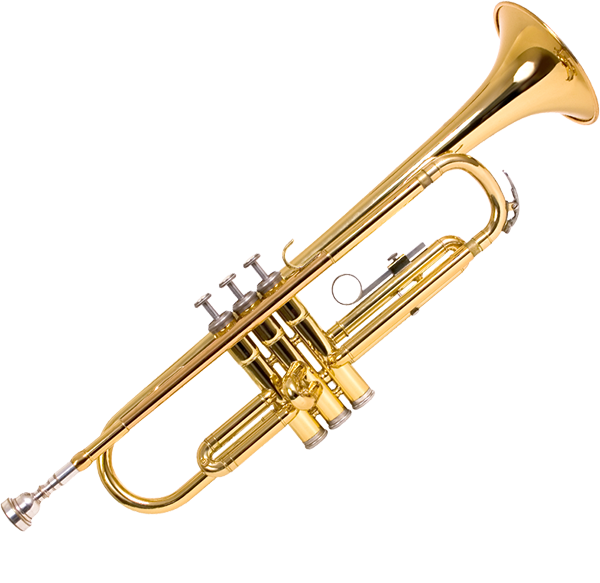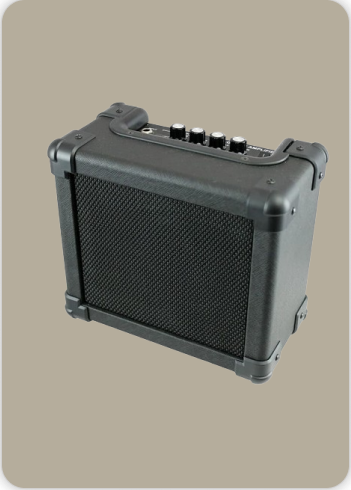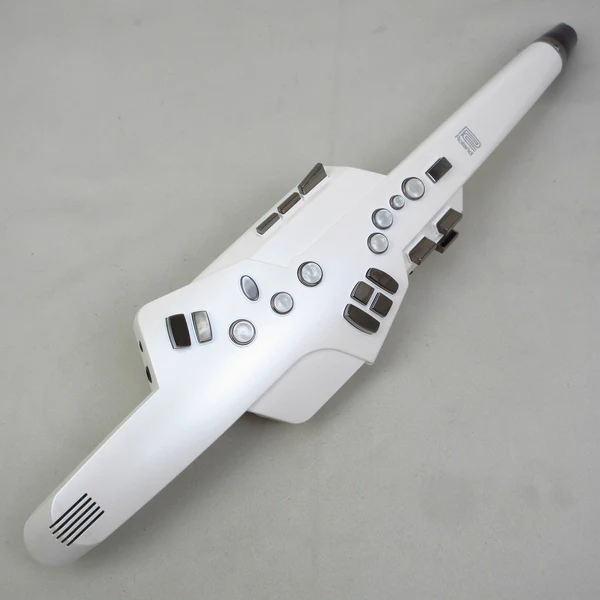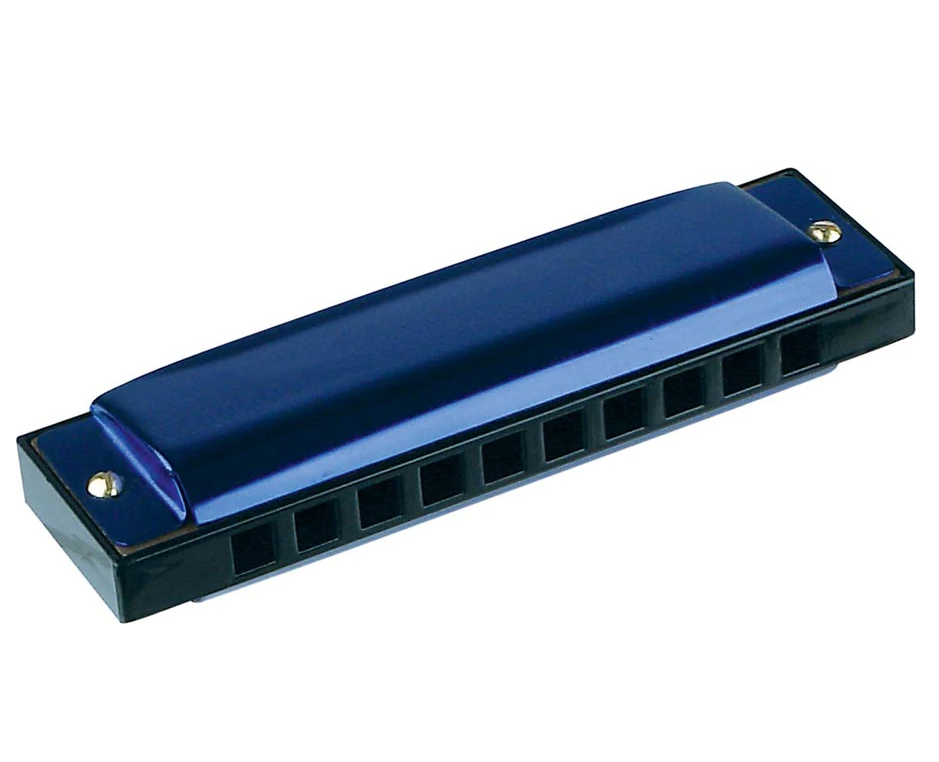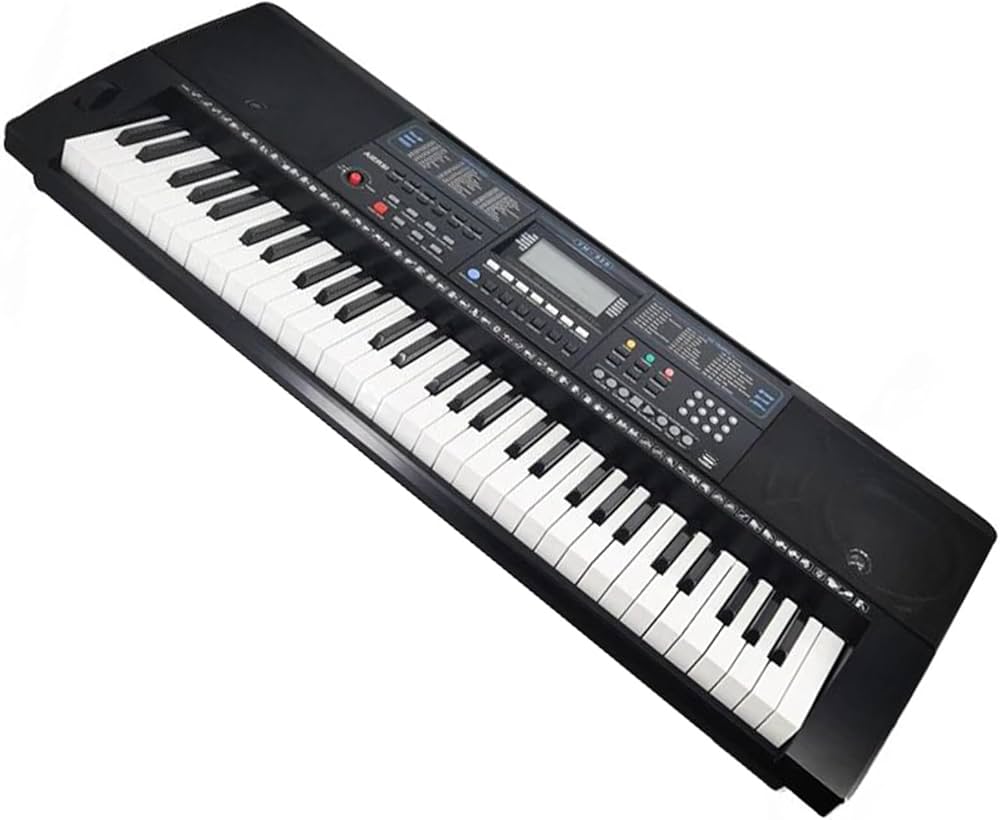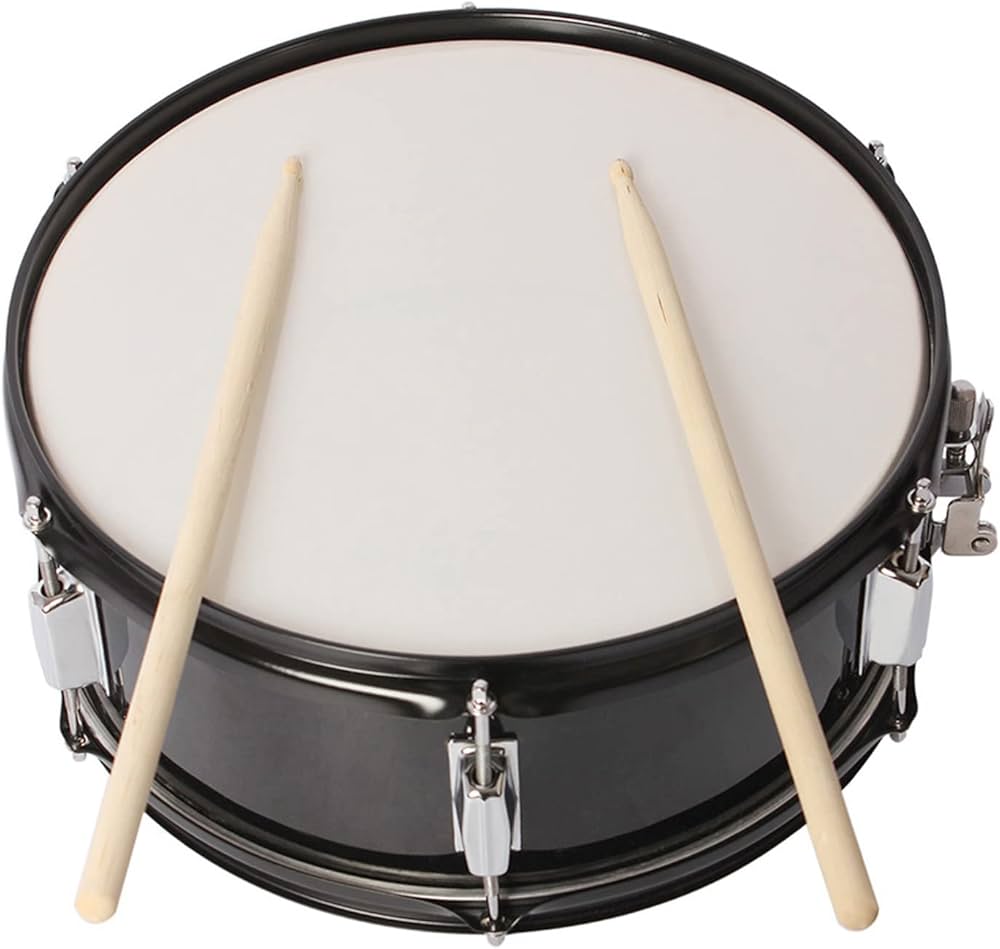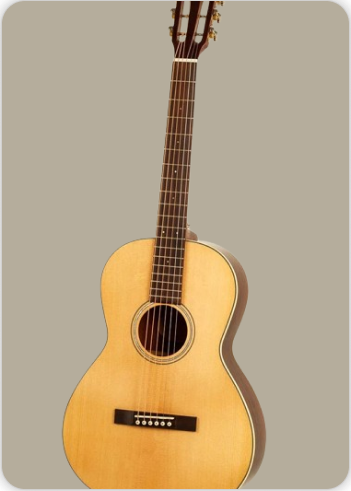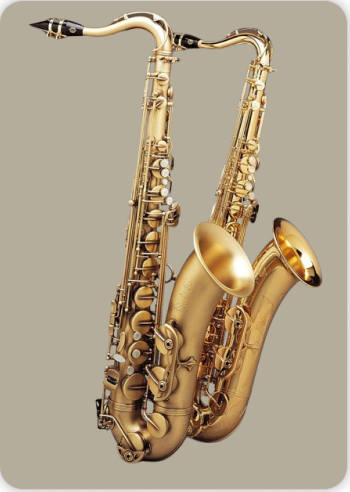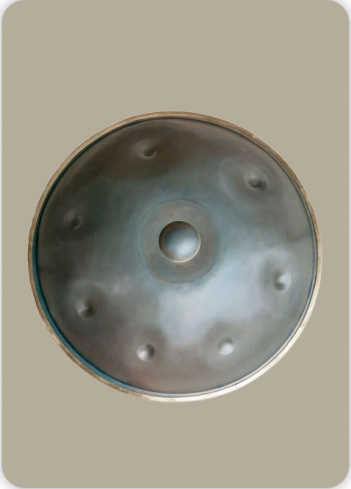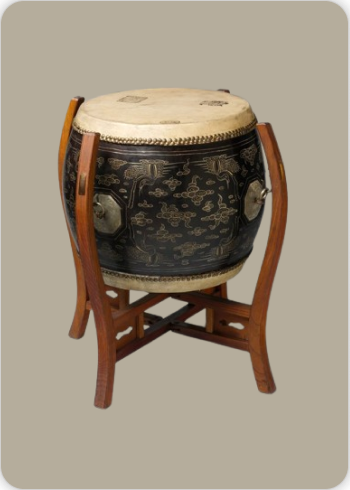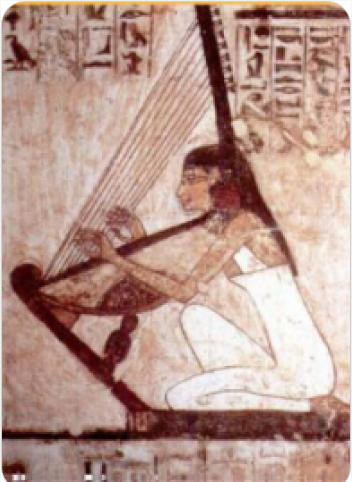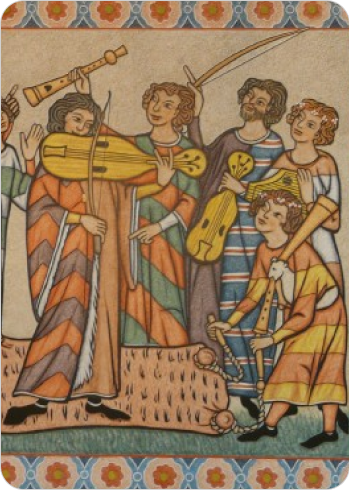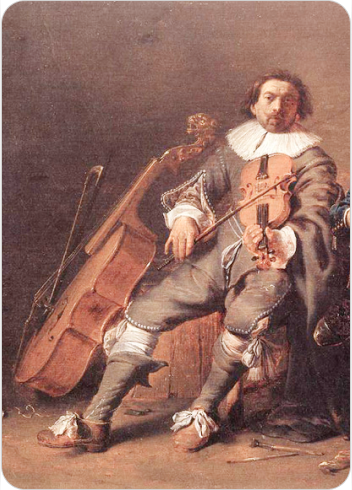Idakka
Percussions
Asia
Between 0 and 1000 AD
Video
The Idakka, also known as Edakka or Edaykka, is an hourglass-shaped percussion instrument originating from Kerala in southern India. This unique drum is characterized by its two circular heads, which are mounted on a hollow wooden body.
It produces a distinct sound that resonates with both rhythmic and melodic qualities, making it a versatile instrument in various musical contexts. It is often used in temple rituals and traditional dance performances, where its ethereal beats contribute to the spiritual atmosphere. The Idakka is classified as a percussion instrument. It belongs to the category of Avanaddha Vadya, which includes instruments that produce sound through the vibration of stretched membranes. The Idakka’s design allows it to create a wide range of musical notes, making it unique among traditional drums. It is typically played using a curved stick while the player manipulates the tension of the drum’s membrane with their other hand.
History and Origin
The Idakka has its roots in Asia, specifically in India, where it has been a significant part of Kerala’s cultural heritage for centuries. The exact date of its origin is difficult to pinpoint, but it is believed to have been developed around the 10th century AD. The instrument has evolved, adapting to various musical styles and traditions within the region. The Idakka originated on the Indian subcontinent, specifically in the southern region of India. It is predominantly associated with the state of Kerala, where it has been an integral part of temple rituals, classical performances, and cultural ceremonies. The instrument is also used in parts of Karnataka and Tamil Nadu, though its cultural significance is most profound in Kerala. The origins of the Idakka can be traced back to ancient times, with its history intertwined with the evolution of Indian classical music and temple rituals. While it is difficult to pinpoint an exact century of origin, historical records suggest that the Idakka has been in use for over a thousand years. Its development is linked to the growth of devotional art forms like Kathakali and Mohiniyattam, where it plays a pivotal role.
Construction
The Idakka is a compact, hourglass-shaped drum made primarily from wood and animal hide. The body of the drum, called the shell, is traditionally carved from jackfruit wood, chosen for its resonance and durability. The two drumheads, made from animal hide, are mounted on either end of the shell and connected by leather straps that encircle the body. These straps allow the tension of the drumheads to be adjusted, enabling the player to produce a variety of pitches.
The instrument is played using a thin stick or mallet, and its construction is designed to facilitate fine tonal control. A unique feature of the Idakka is its portability, as it is suspended from the player’s shoulder using a cloth strap. This allows the musician to play while standing or moving, making the Idakka versatile for both processional and stationary performances.
Types of Idakka
While the Idakka is generally considered a single type of instrument, variations can be found based on regional preferences and the materials used in its construction. Some of these variations include:
Temple Idakka: Larger and more intricately designed, used primarily in temple rituals and religious ceremonies.
Performance Idakka: Slightly smaller and lighter, tailored for classical performances and stage presentations.
Folk Idakka: Simplified versions used in rural or folk traditions, often made with locally available materials.
Features
Hourglass Shape: The distinctive shape of the Idakka allows for precise tonal modulation.
Adjustable Tension: The leather straps enable dynamic tuning and tonal variation.
Lightweight and Portable: Its compact design makes it easy to carry and play during processions.
Versatile Sound: The Idakka can produce both rhythmic beats and melodic notes, making it unique among percussion instruments.
Symbolic Value: In Kerala, the Idakka is considered sacred and often played in devotional contexts.
Sound Production
The Idakka produces sound when its drumheads are struck with a stick or mallet. The tension of the drumheads, adjusted by the leather straps, determines the pitch of the sound. Skilled players can manipulate the tension mid-performance to create gliding notes and intricate rhythms. The resonance of the wooden shell amplifies the sound, adding depth and richness to its tonal quality. Unlike most drums, the Idakka is capable of producing a melodic scale, which makes it stand out in the world of percussion instruments.
Playing Methods
Playing the Idakka requires exceptional skill and precision. The musician suspends the instrument from their shoulder and uses one hand to strike the drumhead with a stick, while the other hand adjusts the tension of the leather straps. This dual action allows for the production of a wide range of pitches and rhythmic patterns. The Idakka is often played in combination with other instruments, such as the chenda, to create a rich and dynamic musical experience.
The playing technique of the Idakka is a highly specialized art form, often passed down through generations of musicians. It requires years of dedicated practice to master the intricate rhythms and tonal variations that define the instrument’s sound.
Roles in Music
The Idakka holds a unique position in South Indian music, serving both rhythmic and melodic functions. Its roles include:
Temple Music: The Idakka is an essential part of temple rituals, where it is played during prayers, festivals, and processions. It is often used to accompany chants and hymns, creating an atmosphere of devotion and spirituality.
Classical Performances: In classical art forms like Kathakali and Mohiniyattam, the Idakka provides intricate rhythmic patterns that complement the dancers’ movements and expressions.
Cultural Ceremonies: The Idakka is a staple in traditional celebrations and ceremonies, adding a unique sonic texture to the festivities.
Solo Performances: Skilled musicians often perform solo pieces on the Idakka, showcasing their mastery of rhythm and melody.
Fusion Music: In recent years, the Idakka has been incorporated into contemporary and fusion music, highlighting its versatility and timeless appeal.
The Idakka is more than just a musical instrument; it is a cultural and spiritual symbol that embodies the rich heritage of South India. Its unique construction, tonal versatility, and deep-rooted connection to tradition make it a fascinating subject of study and appreciation. Whether in the hands of a temple musician or a modern performer, the Idakka continues to captivate audiences with its timeless charm and musical brilliance.
FAQ
What are the primary uses of the Idakka?
The Idakka is primarily used in temple music during rituals and pujas. It also accompanies classical dance forms like Kathakali and Mohiniattam. Additionally, it plays a significant role in festive celebrations across Kerala.
What are some notable features of the Idakka?
The Idakka features an hourglass shape that enhances its sound quality. It has dual heads allowing varied tonal production and includes adjustable tension via lacing for pitch control. Its cultural symbolism adds depth to its significance.
How does the Idakka contribute to music?
The Idakka contributes rhythmically and melodically within ensembles, enriching performances with its unique sound. It symbolizes Kerala's rich musical heritage while serving as an essential element in both traditional rituals and modern interpretations.
 Links
Links
References
Other Instrument
Categories

